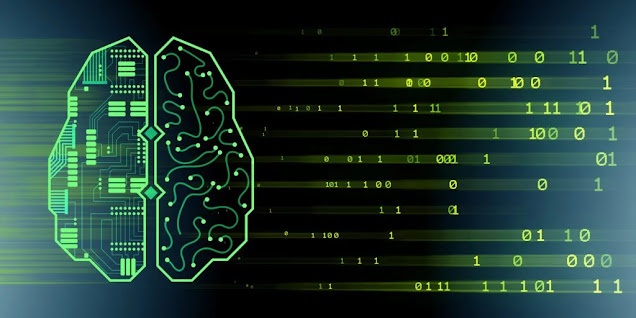1. What
Problems Can Machine Learning Solve?
Machine
learning is particularly effective for automating decision-making by
generalizing from data examples. The core strength of machine learning lies in
its ability to learn from input/output pairs and then apply learned knowledge
to new, unseen data.
2. Supervised
Learning Problems
- Definition:
Supervised learning refers to tasks where the algorithm is trained on labeled
data — input data where the desired output or target is known.
- How
it Works: A user provides the model with many
examples (input/output pairs). The model learns the mapping from inputs to
outputs.
- Prediction
Goal: The goal is to make accurate predictions on
new inputs whose outputs are unknown.
Example
Use Cases:
·
Spam
Detection: The input
is email features; the output is a label indicating spam or not spam. The
system learns from many labeled emails and predicts the label on new emails.
·
Handwritten
Digit Recognition:
The input is images of handwritten digits, the output is the true digit label.
The system learns from scanned envelopes with labeled digits.
· Fraud Detection: Input data includes user transaction details, while the output is whether a transaction is fraudulent. Fraud labels come from customer reports over time.
Why Suitable:
·
Supervised
learning excels when you can collect supervised datasets.
·
It
automates tasks that would be time-consuming or costly to do manually.
·
It’s
easy to evaluate performance using objective metrics since labeled data is
available.
3. Unsupervised
Learning Problems
- Definition:
Unsupervised learning is used when only input data is available without
corresponding labels.
- Purpose: It
seeks to find hidden structure, patterns, or themes within the data.
Example
Use Cases:
· Topic Modeling: Given a large collection of blog posts (text data), unsupervised algorithms can identify underlying themes or topics without predefined labels.
Challenges:
·
Results
can be more difficult to interpret.
·
The
absence of labeled outputs makes it harder to measure success precisely.
4. General
Criteria for Applying Machine Learning
Before
applying machine learning algorithms, one should consider:
- Is the data representative and sufficient to capture the problem?
- Can the problem be phrased as a prediction from given inputs to outputs?
- Are features (attributes) extracted from the data informative enough for learning?
- How will success be measured?
- How will the machine learning solution integrate with other business or research components?
5. Summary
Machine
learning is particularly powerful for:
- Predicting
outcomes based on input data, especially when labeled data is available
(supervised learning).
- Discovering
patterns or groupings in data where no output labels exist (unsupervised
learning).
- Automating
decision-making in contexts ranging from commercial applications like
fraud detection, spam classification, and recommendations, to scientific
data analysis (e.g., planet detection, DNA sequencing).
The
success of machine learning depends on correctly defining the problem,
gathering appropriate data, selecting meaningful features, and evaluating
models appropriately within the larger context of the problem.


Comments
Post a Comment